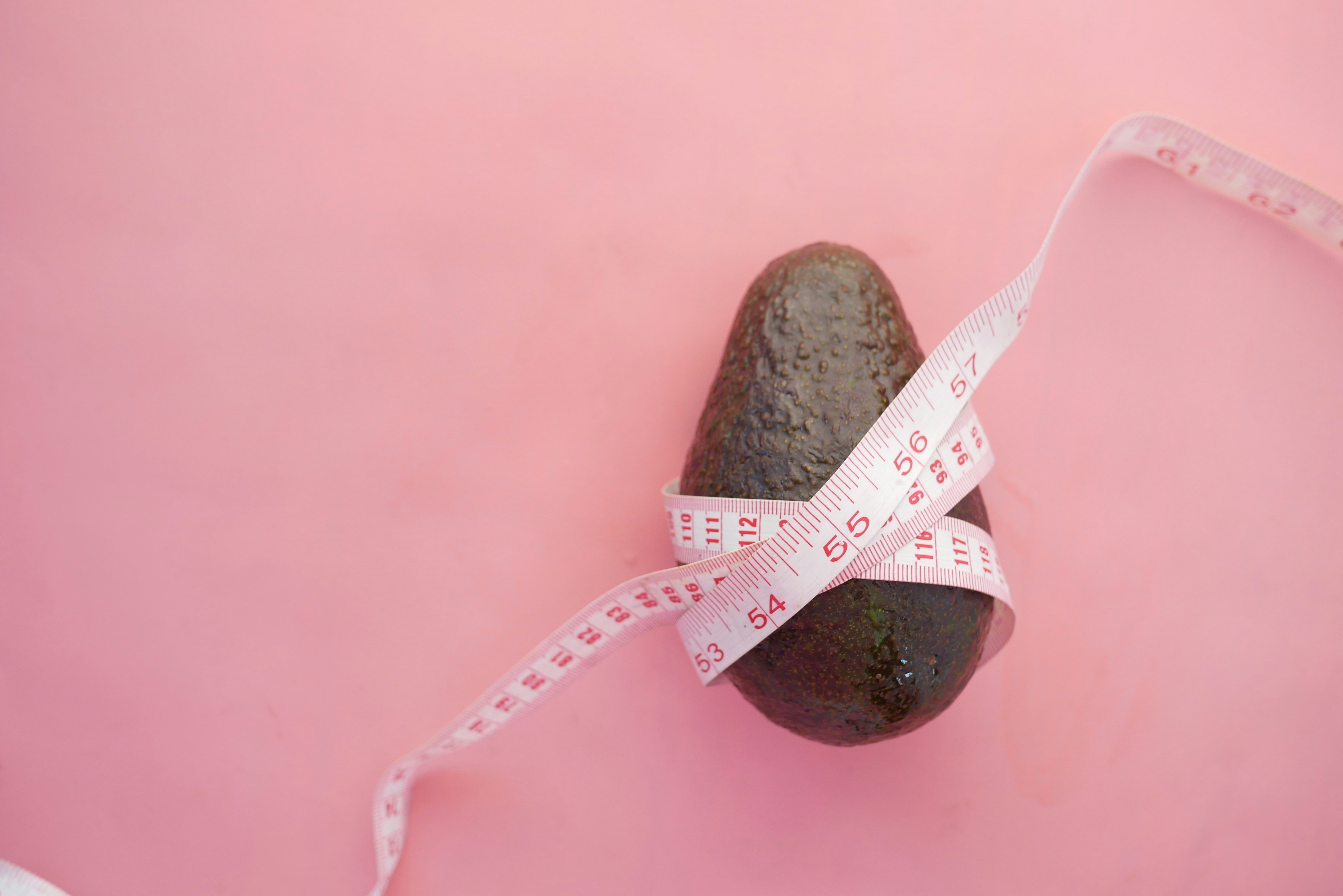A Daily Routine for Low-Oxalate Living
Have you ever wondered how a daily routine might affect your overall well-being, especially if you’re managing a specific dietary need like following a low-oxalate diet? Navigating nutrition with such specifications can sometimes feel like piecing together a complex puzzle. But don’t worry, it is absolutely possible to maintain a fulfilling and balanced lifestyle while also managing your oxalate intake.
Understanding the Low-Oxalate Diet
Living with kidney stones or certain metabolic disorders might have introduced you to the concept of a low-oxalate diet. Oxalates are naturally occurring compounds found in many foods, and for some people, consuming too much can lead to health issues such as the formation of kidney stones. Understanding what this diet entails is your first step toward crafting a daily routine that supports it.
What Are Oxalates?
Oxalates are organic compounds found in various plants. They can bind with minerals, like calcium, in your intestines, forming compounds your body might struggle to process. If you’re susceptible, high oxalate levels can lead to the formation of sharp, crystallized kidney stones, causing discomfort and pain.
Foods high in oxalates include a variety of fruits, vegetables, nuts, seeds, and grains. Your goal is to minimize these in your diet while ensuring you’re meeting your nutritional needs. It’s about balance and making informed choices.
Crafting a Low-Oxalate Daily Routine
A thoughtfully planned daily routine can significantly ease the management of your oxalate intake. From meals to physical activities and small habitual tweaks, each aspect of your day influences your health journey.
Morning: Start Your Day Right
Hydration is Key
Begin your day by hydrating adequately. Drinking water first thing in the morning helps kickstart your metabolism and flushes out excess oxalates. The goal is to drink at least eight to ten cups of fluids throughout the day, preferably water.
Breakfast Choices
Opt for low-oxalate breakfast options such as:
- Scrambled eggs with a sprinkle of herbs.
- A smoothie made with fruits low in oxalates like bananas and melons.
- Low-oxalate cereals with almond or rice milk.
It’s important to combine these choices with sources of protein to keep you full and energized throughout the morning.
Mid-Morning Routine
Light Snack Time
As your energy begins to dip mid-morning, reach for a light snack. Consider options like:
- A small serving of yogurt.
- Rice cakes with a thin layer of peanut butter or honey.
- A piece of fruit like an apple or a handful of berries.
Physical Activity
If possible, incorporate a short walk or gentle stretching exercises. Physical activity can support your kidney function and overall health. Choose a routine that suits your energy levels and fits into your schedule seamlessly.
Lunchtime: Balancing Nutrients
Building a Low-Oxalate Lunch
Take this opportunity to fuel your body with nutritious yet low-oxalate meals. A balanced lunch might include:
- Grilled chicken or fish with low-oxalate veggies like green beans or cauliflower.
- A quinoa or rice salad with roasted vegetables and olive oil dressing.
- Homemade soup with lean cuts of meat and a medley of handpicked vegetables.
Enjoy Your Break
Step away from your work or any other distractions and focus on enjoying your meal. Taking this mental break supports better digestion and helps you feel refreshed for the afternoon ahead.
Afternoon Habits
Mid-Afternoon Snack
By mid-afternoon, hunger might begin to knock on your door once more. Choose from:
- A slice of cheese or a low-oxalate vegetable dip with carrot sticks.
- A handful of seeds or nuts that are lower in oxalate, like sunflower seeds.
- A small smoothie with low-oxalate fruits and veggies.
Stretch and Move
A few minutes of movement every hour keeps your circulation going and mitigates stiffness from long periods of sitting. Incorporate short bouts of stretching, a quick walk, or even just standing periodically.
Evening Relaxation and Dinner
Preparation and Cooking Time
As your day winds down, start preparing for dinner. Look for recipes that cater to your dietary needs, such as:
- Baked or grilled lean meats or fish with a side of steamed asparagus or broccoli.
- Homemade stews with well-cooked meat, potatoes, and other low-oxalate veggies.
- A pasta dish with zoodles (zucchini noodles) and a light sauce or olive oil.
Mindful Eating
Make dinner a time for mindful eating, allowing yourself to appreciate the flavors and textures of your food. It’s a moment to decompress, share the meal with loved ones, or simply reflect on your day.
Evening Wind Down
Stay Hydrated
Continue to drink water lightly into the evening, but avoid excessive intake close to bedtime if it disrupts your sleep. Herbal teas can also provide a comforting end to your day.
Relaxation Routine
Create a personal relaxation routine. Whether it’s reading, meditating, or listening to calming music, choose an activity that brings tranquility and helps prepare your mind and body for a restful night.
Ensuring Adequate Nutrition
While managing oxalate levels, it’s crucial to ensure you’re not missing out on essential nutrients. You might need to incorporate supplements or modified food choices to meet dietary requirements such as calcium, vitamin D, and potassium. Consulting with a healthcare provider or nutritionist can provide personalized guidance.
Sample Low-Oxalate Meal Plan
To paint a clearer picture of what your days might look like, here’s a simplified meal plan:
| Meal | Options |
|---|---|
| Breakfast | Scrambled eggs with herbs, banana smoothie |
| Mid-Morning | Yogurt, apple |
| Lunch | Grilled fish with green beans, rice salad |
| Mid-Afternoon | Cheese slice with carrot sticks |
| Dinner | Baked chicken with broccoli and quinoa |
| Evening | Herbal tea |
This table portrays just one way to structure your meals, providing a framework on which you can build and experiment.
Overcoming Challenges
Adapting to a low-oxalate lifestyle might present challenges initially: finding suitable recipes, managing cravings, or dining out effortlessly. Each hurdle is an opportunity to explore alternatives, whether through culinary creativity or patience as you learn.
Building a Support Network
Connect with others who are also navigating low-oxalate living. Sharing experiences and tips makes the journey more manageable and less isolating. Supporting each other through challenges and successes builds a strong community around shared goals and lifestyles.
Managing Social Situations
Dining out or attending social gatherings can be challenging on a restricted diet. Communicate your dietary needs with hosts or restaurants ahead of time, and don’t hesitate to ask about ingredient details. Bringing a low-oxalate dish to gatherings ensures there’ll be something you can enjoy without worry.
Celebrating the Benefits
Living with a low-oxalate daily routine isn’t just about managing a condition; it’s about embracing a way of living that aligns with your health needs. As you notice improvements in your well-being or a reduction in uncomfortable symptoms, let these moments bolster your resolve to stay committed to your routine.
The Positive Impacts
Over time, adhering to your daily routine can bring profound rewards. Reduced pain and discomfort from kidney stone episodes, increased energy levels, and an overall sense of well-being are just a few potential benefits. Each day you successfully adhere to your routine, you progress toward a healthier and more fulfilling lifestyle.

Final Thoughts
Embarking on a low-oxalate lifestyle involves dedication and mindfulness, but it is far from impossible. By gradually incorporating dietary changes into your daily routine, you support both your immediate health and long-term well-being. Remember, each day presents new opportunities to make choices that align with your health goals. Building a routine that’s nurturing and sustainable will empower you to manage your low-oxalate lifestyle with confidence and positivity.




